
Columnist; Science and Academics
Special draws - in which the numbers form a particular seemingly “non-random” combination - occur in lotteries around the world. These combinations can consist of consecutive numbers or multipliers of a certain number, prime numbers, and so on.
Many perceive such a special draw as weird or suspicious just because it jumps out of our patterns of experience, whereas most of the draws look non-particular. Perceiving it as a kind of non-random draw makes conspiratorialists and many others consider fraud.
In this article, we will see to what extent such suspicion is justified and what math and psychology are associated with the particular draws.
Special lottery draws
The lottery is the most publicized form of gambling, and the results of draws, therefore, receive special attention from both players and neutral observers. Of course, big prizes offered to winners also contribute to this increased attention.
Moreover, it is a habit among most players to analyze the results of the draws, make statistics, and track the winning numbers and combinations over several draws.
Hence, if all eyes are on the draws, it is normal that when a particular or special combination is drawn, it becomes a hot topic of discussion from many perspectives.
We can call a combination special/particular if it consists of:
- Consecutive numbers.
- Consecutive even or odd numbers.
- Multipliers of a certain number.
- Prime numbers.
- Any numbers sharing a common arithmetical property.
In the recent history of the lottery, there have been special draws that have exploded in the media as strange events. I will list some of the most popular ones in which the winning combination can be qualified as having a high degree of particularity:
- 2011: Florida Fantasy 5 (a 5/36 lottery) drew a combination of five consecutive numbers: 14, 15, 16, 17, and 18. There were 47 players who chose that combination and shared the jackpot. Gov. Rick Scott demanded an investigation, and organized marches took place on the street, claiming the lottery was rigged.
- 2012: The same Florida Fantasy 5 drew the numbers 1, 3, 5, 7, and 9 – the first five odd numbers! This time, 97 winners shared the prize.
- 2020: Consecutive numbers 5, 6, 7, 8, and 9 and a bonus ball number of 10 were drawn in the South African National Lottery (a 5/50 and 1/20 bonus ball lottery), and 20 players shared the jackpot. This was the most publicized case of a special draw because the accusations of fraud were more intense than in other cases.
- 2022: 433 players shared the jackpot at the government-backed Filipino lottery (a 6/55 lottery), where the drawn numbers were 9, 18, 27, 36, 45, and 54 – the first six multipliers of 9. This time, the suspicion of fraud was reinforced by the large number of winners.
- 2022: Virginia Lottery's Bank a Million (a 5/40 with bonus ball 1/40 lottery) drawing resulted in the number sequence 13, 14, 15, 16, 17, and 18. Two players shared the jackpot. Fraud charges were not officially filed, but again, suspicions were expressed in the media.
- 2025: In South Korea, the DongHang 6/45 Lottery drew the combination 20, 21, 22, 25, 28, and 29, with all numbers in the 20s range. There were 36 players sharing the top prize. Just one year before, the South Korean Ministry of Economy and Finance launched a full investigation to ensure the lottery's integrity after a draw in which 63 individuals won the jackpot. This case was not investigated.
Obviously, the actual list of special lottery draws that occurred in the period covered by the above examples is even longer if we consider less popular or smaller lotteries or if we include in our definition of special combinations those having sub-combinations qualified as such (for instance, only five consecutive numbers out of six drawn).
Falsely special combinations
Each combination of lottery numbers has the same status with respect to any other from a probabilistic and combinatorial point of view. Any combination has the same probability of being drawn in a lottery, both the “special” and the “non-special” ones.
From a probabilistic perspective, any combination is just an elementary (non-decomposable) event in the sample space of the drawing experiment: two combinations cannot be compared or ordered mathematically. We cannot say that one combination is “higher” than another in any sense, including in the sense of being more probable or special.
The relationships between the elements of a combination do not count toward the status of that combination in the sample space. It does not matter whether the numbers inside it are consecutive, odd or even, low or high. A combination always has the same probability of being drawn as any other in a lottery, even though they share common numbers.
What would it be like if the lottery operated with all kinds of symbols instead of numbers - for instance, fruit icons?
Suppose that numbers used so far in the lottery have been put in one-to-one correspondence with those fruit symbols. The winning combination would not display any consecutive numbers or numbers sharing any arithmetical property, and we would no longer have “special” combinations but, at most, “tasty” ones.
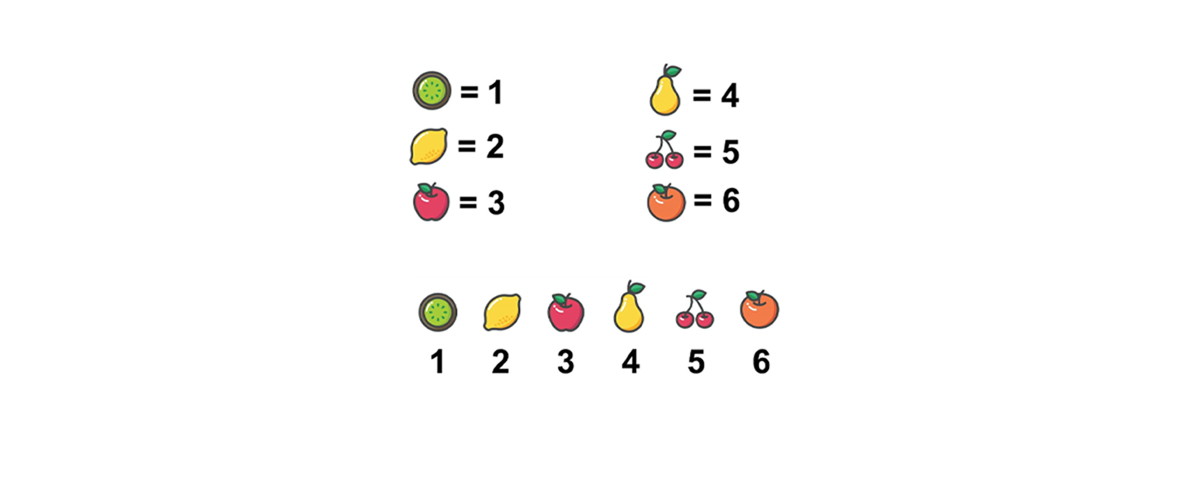
In conclusion, there are no special combinations in the lottery; it's us who make them special.
From special to weird, suspicion, and allegations of fraud
Why are people so amazed and reactive when a “special” combination of numbers occurs? And how do people make the transition in their mind from special to weird and further to suspicious and allegedly fraudulent?
Our brain is trained to recognize patterns from our experience. When such a pattern is recognized, our nervous system reacts in various ways of response. This is also an evolutionary feature of humans. We thus recognize “special” combinations of numbers according to our experience with those numbers.
When consecutive numbers are drawn, we may associate them, for instance, with someone's action of counting objects or time passing itself, and as such, that lottery combination is made both special and rare.
Instead, the lottery shuffling device does not “see” any pattern in the combination being drawn, and probability theory does not distinguish between any patterns of the elementary events in the sample space as well.
Randomness seems to not have a human face.
When we qualify a lottery result as special according to our patterns of experience, it is subjectively special, as we saw. If we add “rare,” it is the classic recipe for the “weird.” However, it is as rare as any other result, as it is as special as any other, so actually, both qualities are false.
Perceiving them as true also submits to misperceiving or misunderstanding randomness. When one takes a special draw to be a break in the supposed randomness, one automatically searches for an explanation of the break, and a handy explanation is that of the lottery being rigged. Explaining the unexplained – including forcibly – and suspicion are evolutionary features that manifest in humans' reactions to weird draws.
Probability of special draws
Special draws are indeed rare, but not astronomically rare. Let's see what the probabilities associated with them are for a certain lottery, say 6/49.
The probability of a certain combination of consecutive numbers being drawn is 1/13,983,816 (as it is for any other combination).
However, it would be more relevant to know the probability of any combination of consecutive numbers: There are 44 such combinations, so the probability is 44/13,983,816 = 0.000003146.
How about for those consisting of consecutive even or odd numbers? There are 19 for even and 20 for odd, 39 in total. The probability is 39/13,983,816 = 0.000002789.
Let's also take as special those staying within the same decimal range (one digit, 10s, 20s, and so on): 84 combinations of one-digit numbers and 210 combinations for each category within the range of 10s, 20s, 30s, and 40s. In total, we have 924 such combinations. The probability is 924/13,983,816 = 0.00006607.
Include the primes in the specials: 5,005 combinations of primes, with probability 5,005//13,983,816 = 0.00035791.
We could also include the combinations of numbers sharing a certain common divisor, but from here, we enter the zone of subjective specialness, where what would be special for you may not be for others.
Let’s sum up the probabilities above: We get a probability of 0.000429925 for the “strong” specials. In frequency terms, we would expect such a special combination to occur on average once in 2,326 draws.
Assuming a draw weekly, this would mean about 48 years for a special draw to occur. But this is just a statistical average, so a special draw may actually occur in a decade or more or even at the next draw in that lottery.
Considering now all lotteries in the world, that averaged frequency increases significantly, so there is no reason to be so amazed when such a draw pops up in the news as a crazy draw, say, annually. Moreover, special draws may occur in smaller lotteries but don't come to get much exposure in the media.
Criteria for suspicion of fraud
While there are psychological mechanisms relying on evolutionary features that create suspicion in general, suspicion of lottery fraud as a result of a special draw is triggered and reinforced mainly by two premises: the specialness and rarity of the result (as perceived by the suspicious person) and the number of winners sharing the jackpot.
For specialness and rarity, the statistical arguments that I provided invalidate it as a justified reason for suspicion: no result is more special than another. And none is more frequent than another from a probabilistic and statistical perspective. It's only one's subjective or inadequate perception that makes it special or qualifies it as rarer than other results.
Number of winners
The premise of the number of winners is debatable as a justified reason for suspicion first because it is relative to other factors specific to each lottery, like the price of tickets and the population of the country.
For instance, in the Philippine lottery example, 433 winners seem not to be such a suspicious number when reported to that country's population, which is about 115 million. The more players, the more likely it is to have big numbers of winners, regardless of the draw result.
Besides, a large number of winners does not indicate a sign of fraud by itself. It would be just as fair to hypothesize that a conspiracy involves a small number of people. It is true that the wide majority of players avoid special combinations (on the fallacious belief that “It's impossible to be drawn.”) and if someone plays such a combination and wins, it will benefit from a bigger prize than if they won with a non-special combination, as the prize fund would be divided among fewer winners.
Yet this is not a counterargument for the previous small-number argument: First, more and more lottery players came to use number generators for their tickets; second, for low- to medium-price lotteries, players also play bulk combinations (combinations of numbers of a size larger than the size of the standard line, which unfolds in many lines); and third, sometimes players get associated with playing together a huge number of tickets, to cover as many combinations as possible. In all three situations, special combinations could be covered in play.
Beyond these arguments, we can ask ourselves why a lottery would decide to commit fraud by using a special combination - and thus amplifying suspicions - instead of an arbitrary one, which favors those who know it in advance.
Objective criteria for suspicion
However we put it, the statistical argument invalidates any criterion of suspicion of fraud based on factual premises related to the lottery results. If there is an objective criterion for fraud suspicion, it should be related to circumstances external to the lottery's current results. One such objective criterion would be any relationship found between the winners if the investigation is able to reveal it. The exception to this argument is the situation of association for playing more lines. In general, objective criteria would be any evidence and technical or physical facts that any criminal investigation tracks and analyzes in their usual procedures.
The recent history of the results of a lottery could more or less stand as objective criteria for suspicion, based on the supposition that if a lottery commits fraud, it is likely that they did it in the past, too.
After all, if we accept a coincidence or a special draw, more of these at the same lottery may be fairly qualified as suspicious.
In 2009, a crazy event occurred at the Bulgarian National Lottery: Exactly the same combination of numbers was drawn twice in a row! It's no special combination, but it's definitely a freak coincidence! Eighteen players hit the winning combination at the second draw. The official investigation conducted by the Sports Minister found no wrongdoing in the draw and declared it a coincidence. The probability of the same combination as the previous being drawn in that lottery is about 1 in 14 million, but – again – this figure is nowhere evidence for a crime.
Mathematician Tobias Dantzig once stated:
Mathematics is the supreme judge; from its decisions, there is no appeal.
I would adapt this principle to the discussed lottery case as 'Randomness stands as a presumption of innocence for any allegation of special-draw lottery fraud. Since mathematics remained the only objective judge in this court, there is no appeal to that decision, too.'
Conclusion
A special lottery outcome as a number combination of a remarkable particular form has the same probability of being drawn as any other combination in that lottery. Given that the average frequency of such draws in various categories of specialness across all lotteries is decent and not astronomical, there is nothing neither amazing nor weird that we find them happening from time to time from the media. Hence, from a probabilistic and statistical perspective, there is nothing special with them. Instead, It is from many players' subjective perspectives, just because we are constructed to look for patterns of our experience in any event and assign our own explanation to any event, even when it is not rationally required.
The math facts of such particular draws cannot stand as objective criteria for qualifying them as suspicious, nor other factual results associated with the draws, such as the number of winners.
Suspicion of fraud may be justified in some instances, as fraud cannot be excluded entirely as a possibility, but for the shreds of evidence to turn into objective criteria for fraud allegation, they must be related to the draw by physical or technical circumstances beyond the lottery result itself.
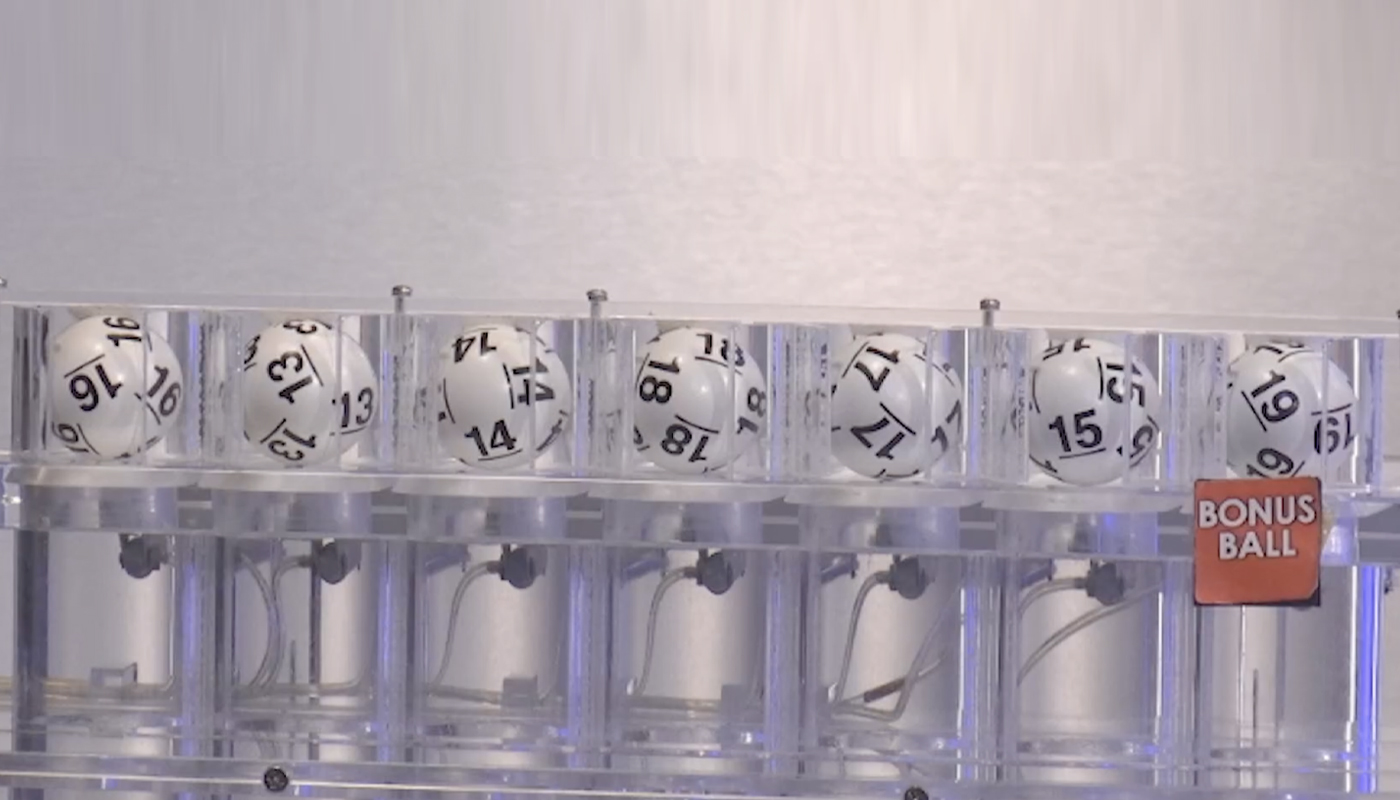
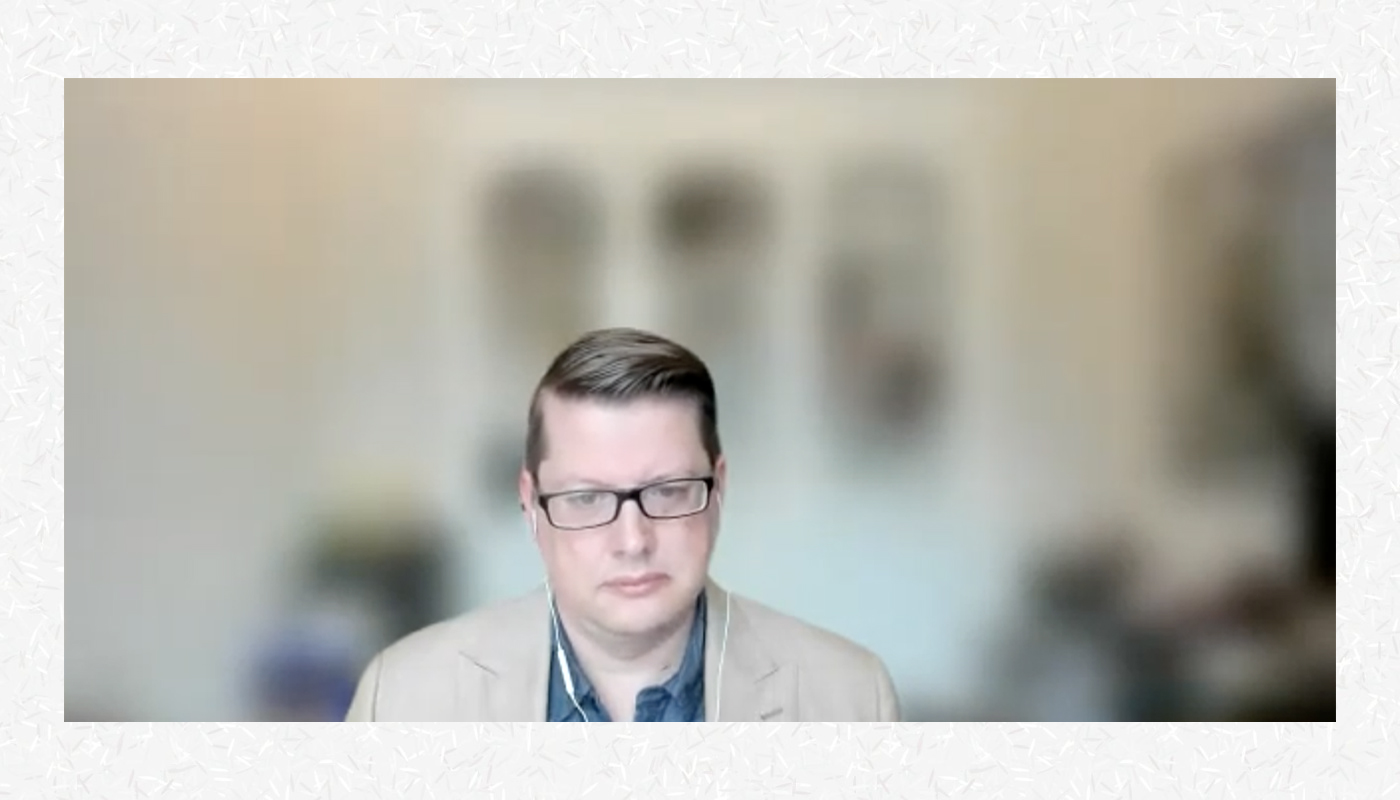
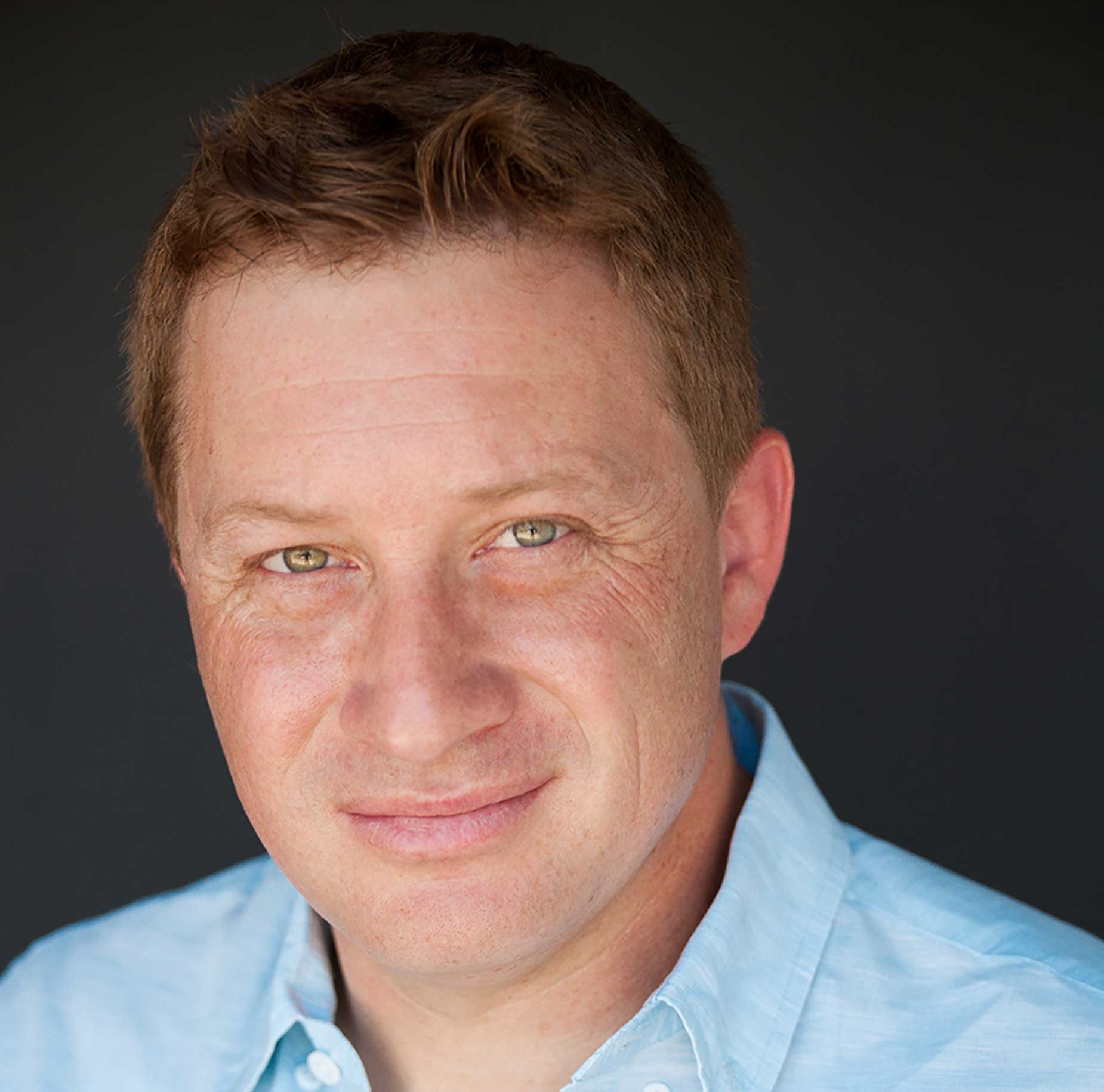
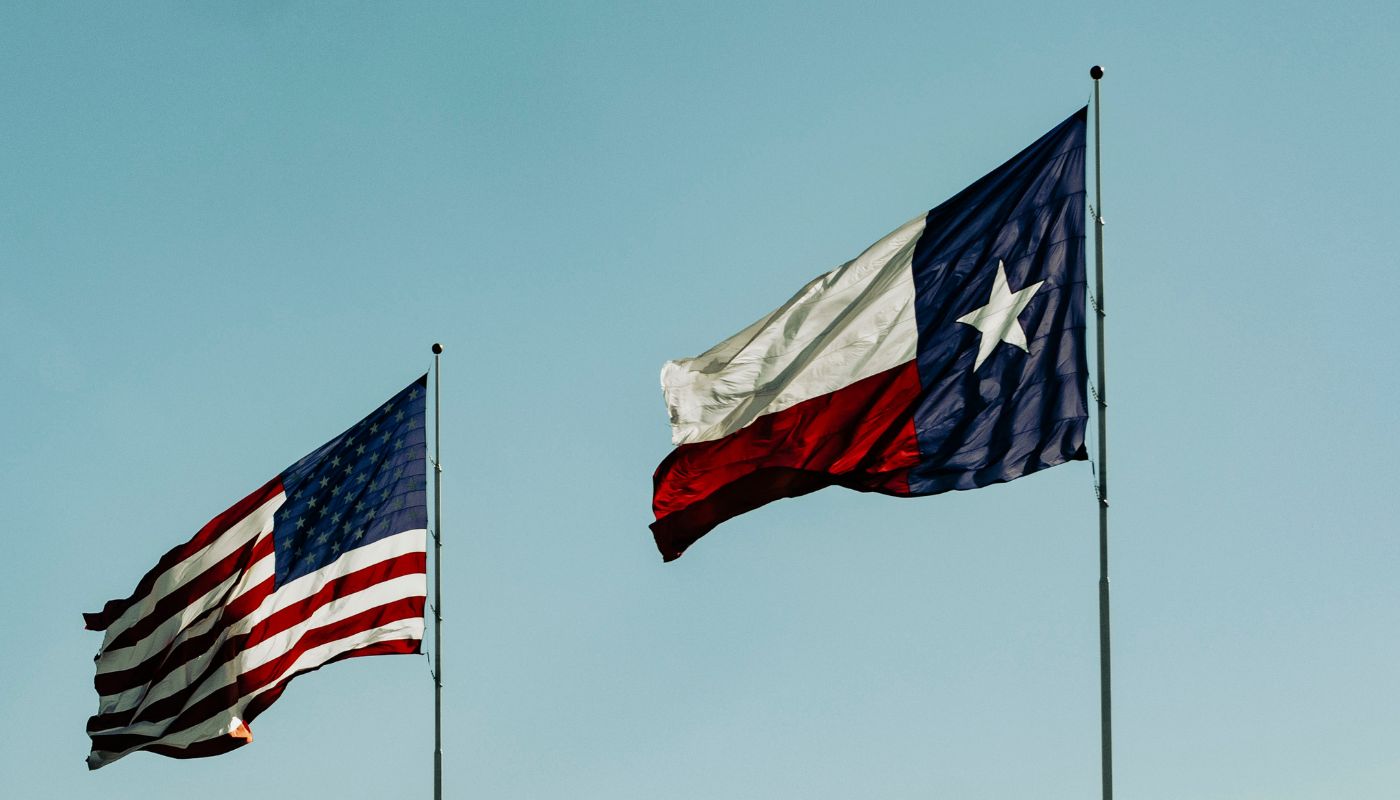
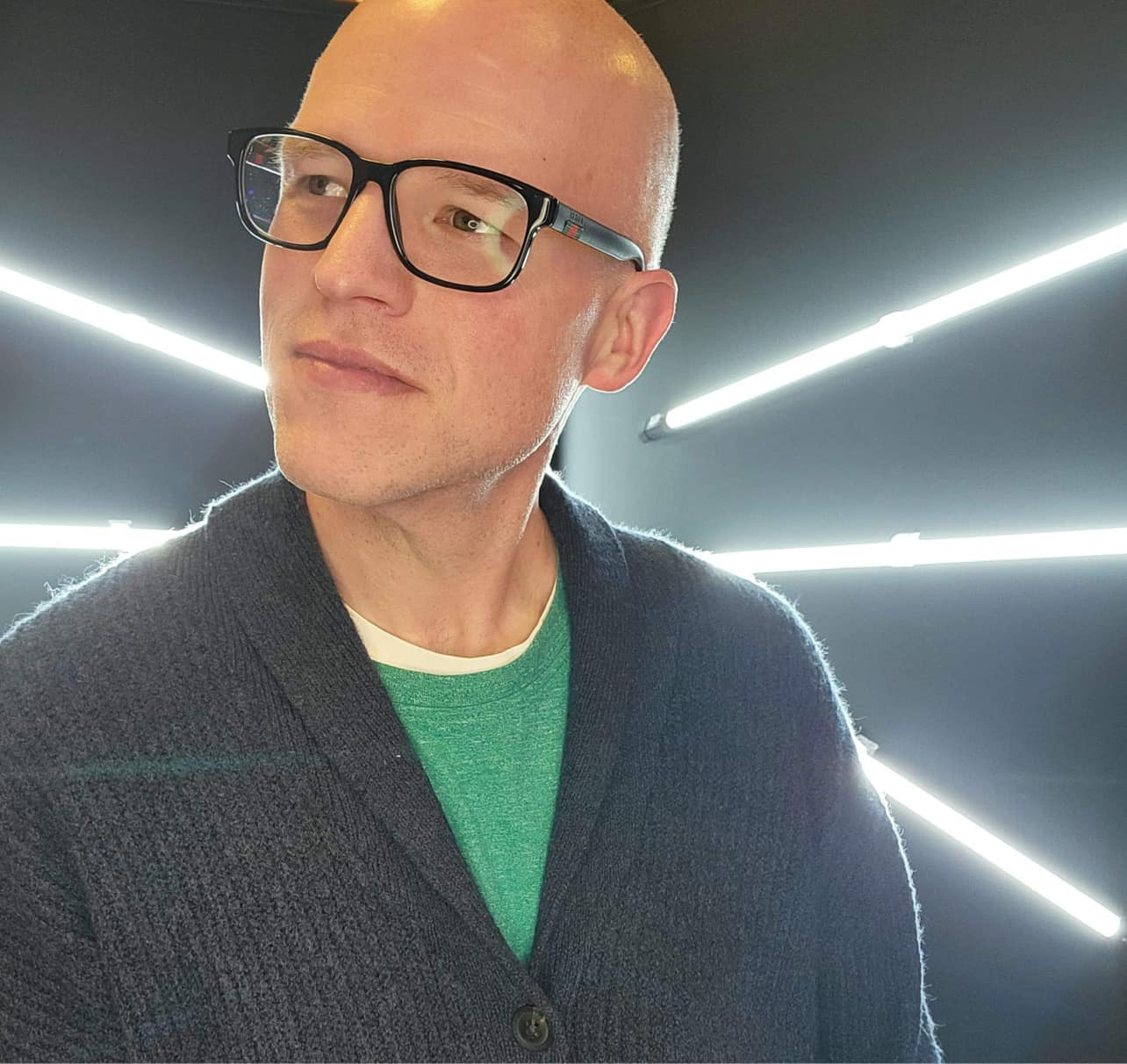




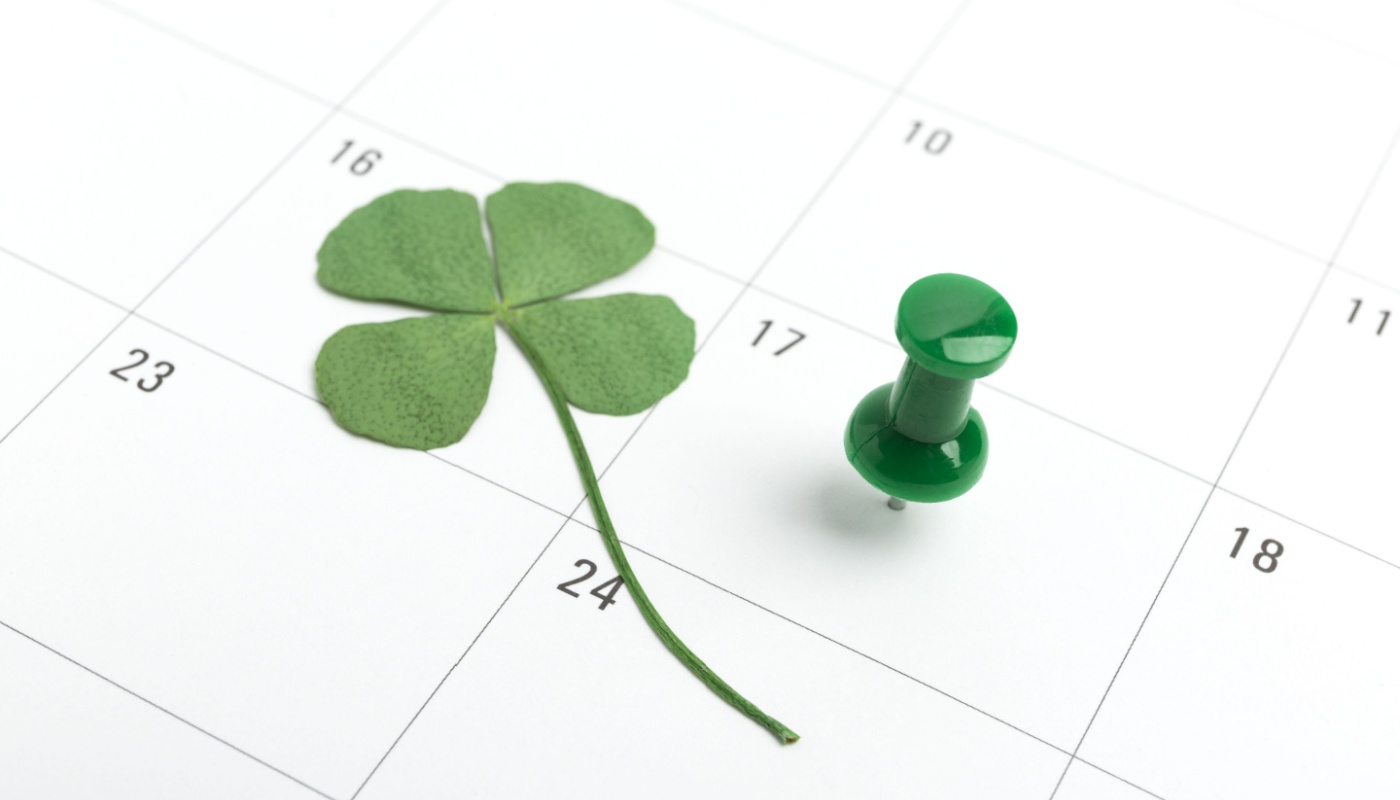
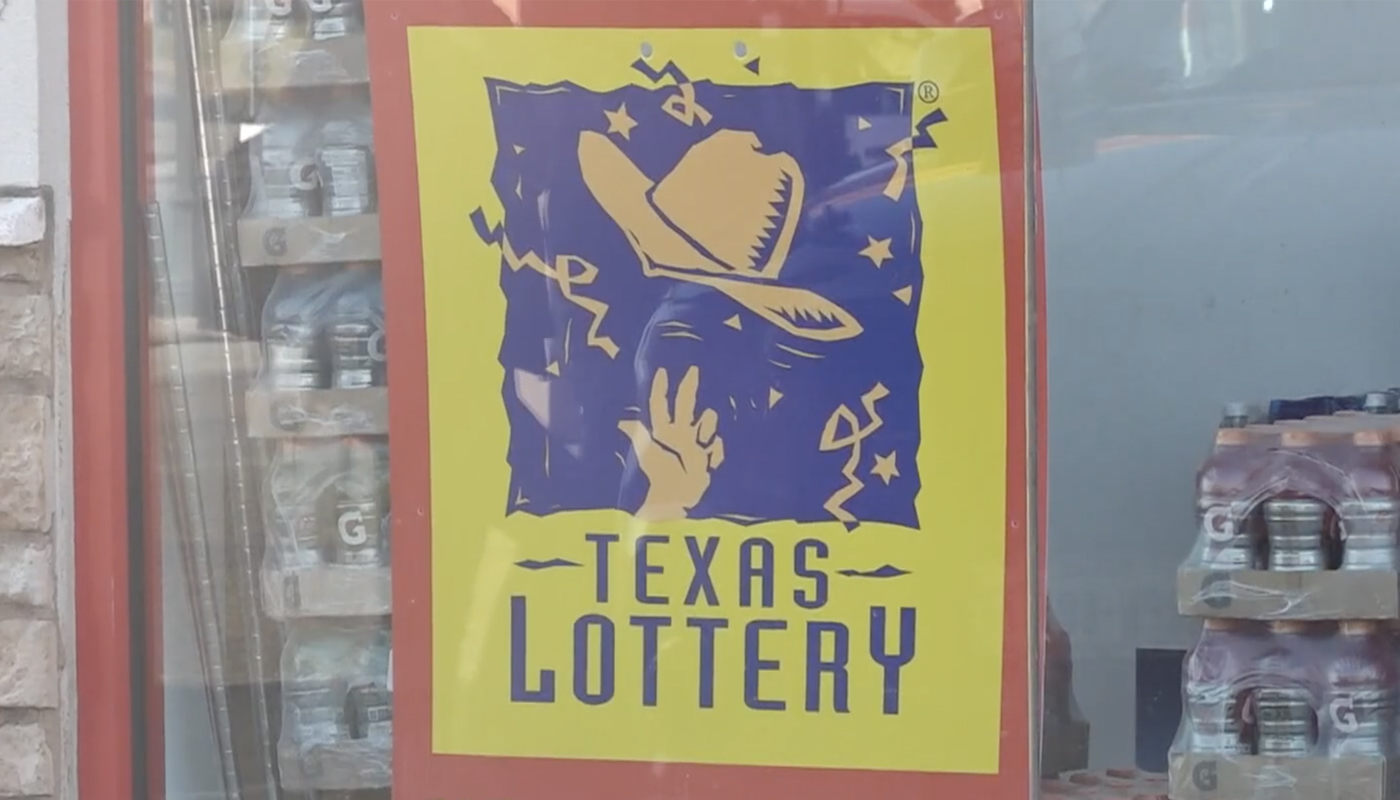
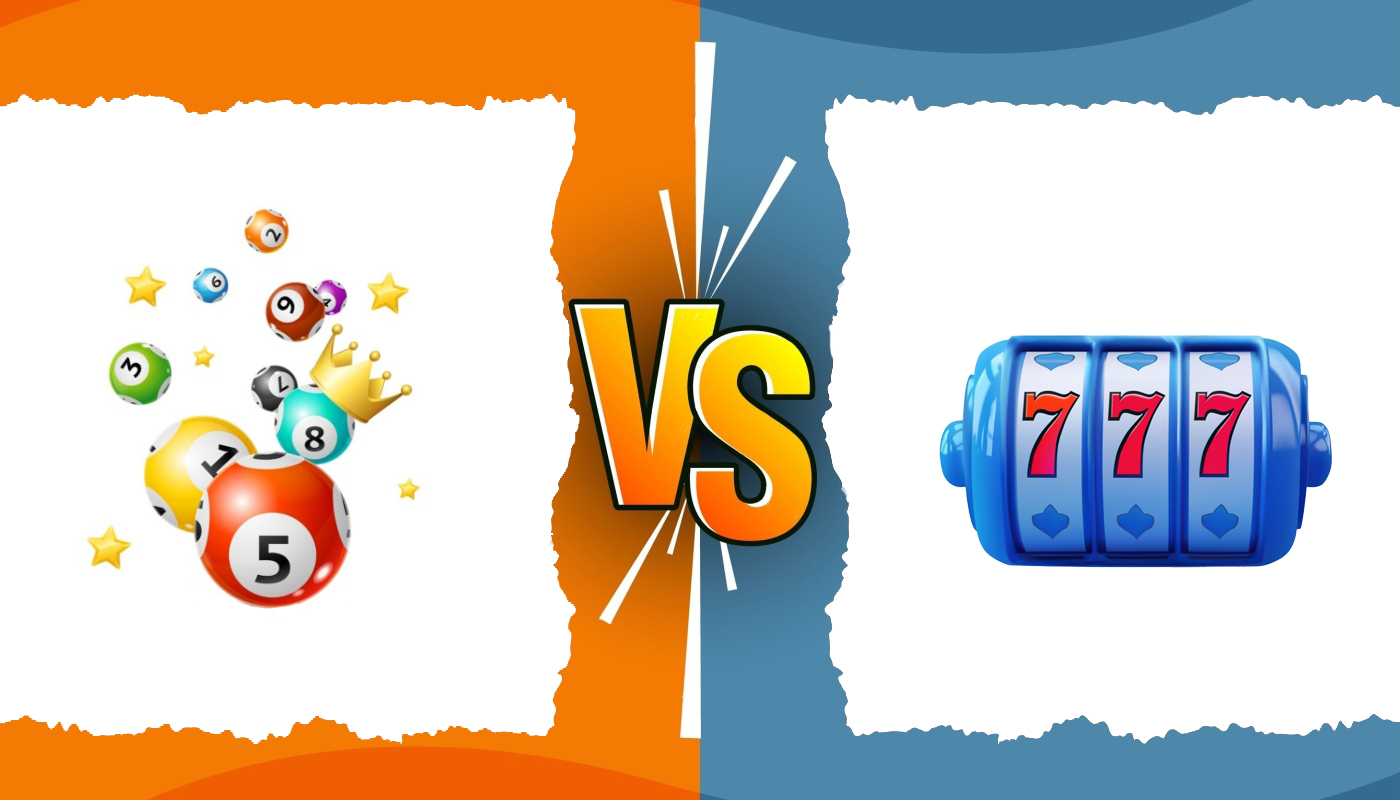








Comments